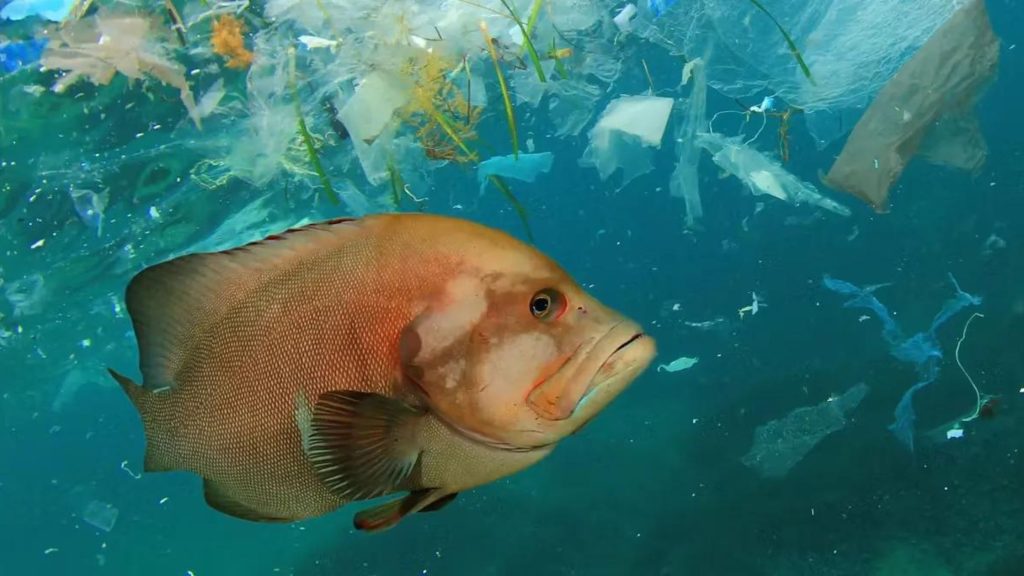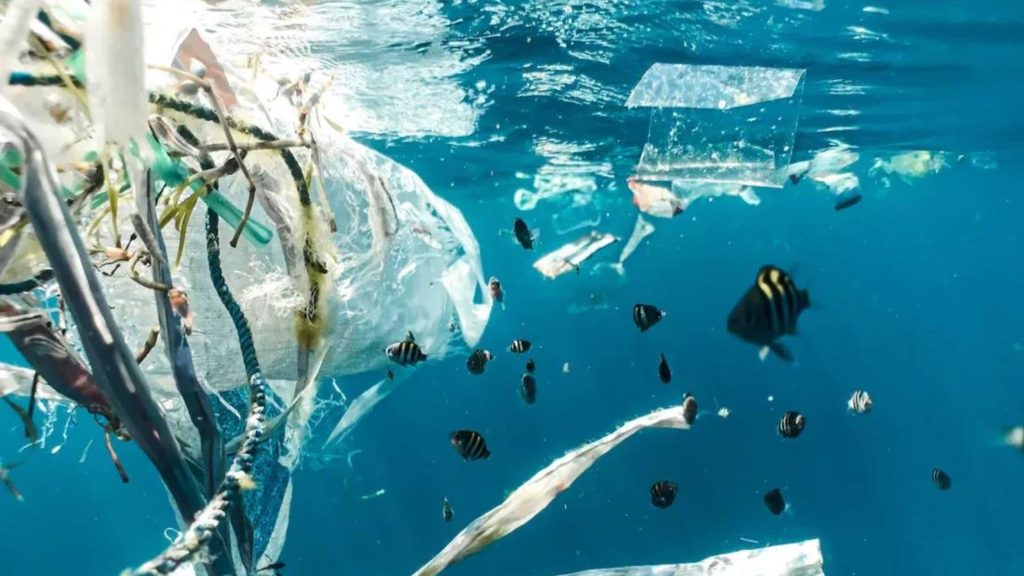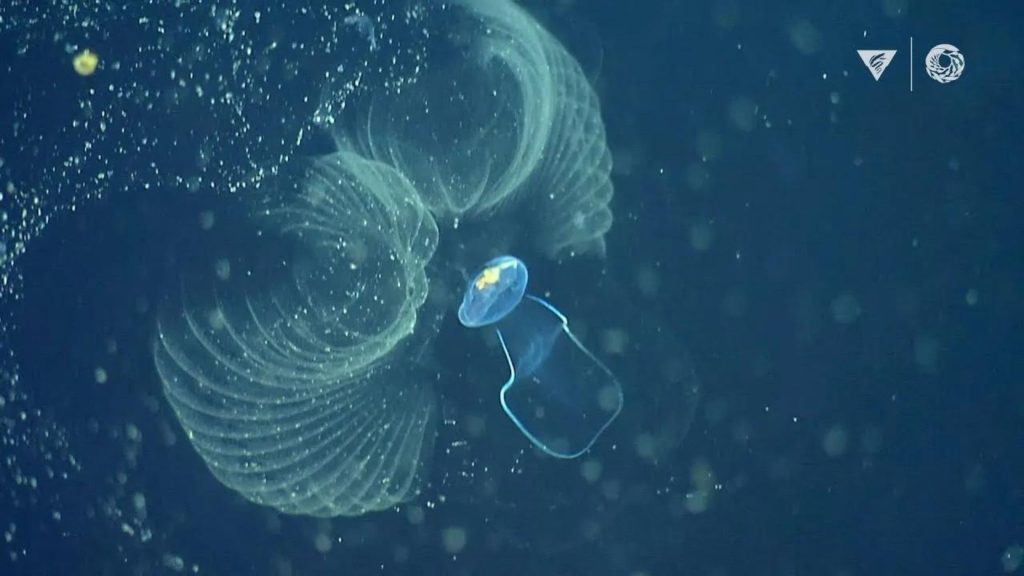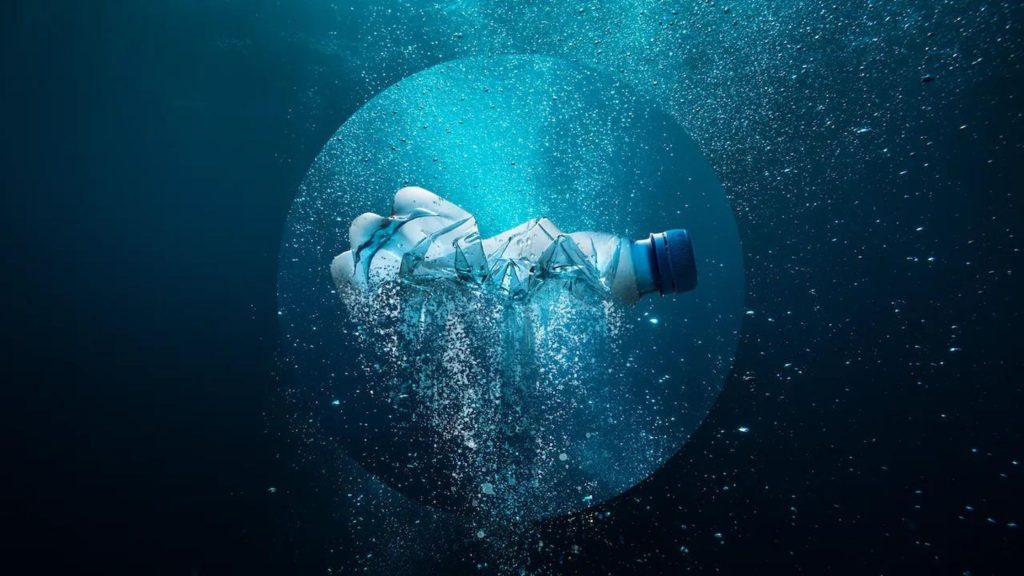Introduction
In recent years, the issue of microplastics in the ocean has garnered significant attention worldwide. These tiny plastic particles, measuring less than five millimeters in diameter, pose a monumental threat to marine ecosystems and human health. Understanding the scope of this problem is crucial for devising effective strategies to combat its consequences. This article delves into the origins, impacts, and potential solutions surrounding microplastics in the ocean, shedding light on a pressing environmental concern.

Understanding Microplastics
Microplastics encompass a diverse range of synthetic polymers that have degraded into minuscule particles over time. These particles originate from various sources, including the breakdown of larger plastic debris, microbeads in personal care products, and synthetic fibers released during laundry. Their small size makes them particularly challenging to detect and remove from marine environments, leading to widespread contamination.
Origins of Microplastics
Microplastics enter the ocean through multiple pathways, with plastic pollution being a primary contributor. Improper disposal of plastic waste, inadequate recycling efforts, and industrial runoff all contribute to the influx of microplastics into marine ecosystems. Additionally, microbeads, commonly found in exfoliating scrubs and toothpaste, pose a significant threat as they wash down drains and enter waterways.
Types of Microplastics
Microplastics can be categorized into two main types: primary and secondary. Primary microplastics are intentionally manufactured for products like exfoliating scrubs and industrial abrasives. On the other hand, secondary microplastics result from the breakdown of larger plastic items due to UV radiation, mechanical abrasion, and microbial activity. Both types pose substantial risks to marine life and ecosystems.
Impacts on Marine Life
The proliferation of microplastics in the ocean has dire consequences for marine life at all levels of the food chain. From tiny plankton to apex predators, organisms are increasingly susceptible to the harmful effects of plastic pollution.
Ingestion by Marine Species
One of the most significant threats posed by microplastics is ingestion by marine species. Mistaken for food, these particles are consumed by a wide range of organisms, including fish, seabirds, and marine mammals. Once ingested, microplastics can cause internal injuries, blockages, and leach harmful chemicals into the animals’ tissues, leading to malnutrition, reproductive issues, and even death.
Bioaccumulation and Biomagnification
Microplastics not only directly harm individual organisms but also contribute to bioaccumulation and biomagnification within marine ecosystems. As predators consume contaminated prey, microplastics accumulate in their tissues and organs. This process continues up the food chain, resulting in higher concentrations of microplastics in apex predators, such as sharks and dolphins. The long-term effects of this bioaccumulation are still being studied but are of great concern to environmental scientists.
Solutions and Mitigation Strategies
Addressing the issue of microplastics in the ocean requires a multifaceted approach involving research, policy interventions, and individual actions. While the problem may seem daunting, concerted efforts at local, national, and international levels can make a significant difference in reducing plastic pollution and safeguarding marine ecosystems.
Enhanced Waste Management

Improving waste management practices is crucial for reducing the influx of plastic pollution into the ocean. This includes implementing recycling programs, reducing single-use plastics, and promoting responsible disposal of plastic waste. Additionally, investing in innovative technologies for waste collection and treatment can help prevent plastics from entering waterways.
Regulation and Policy Development
Government regulations play a vital role in addressing plastic pollution and microplastics specifically. Implementing bans on single-use plastics, restricting the use of microbeads in consumer products, and imposing fines for plastic pollution can incentivize businesses and individuals to adopt more sustainable practices. International agreements, such as the Paris Agreement and the Basel Convention, also provide frameworks for tackling plastic pollution on a global scale.
Public Awareness and Education
Raising awareness about the environmental impacts of microplastics is essential for fostering behavior change and promoting sustainable lifestyles. Educational campaigns, community outreach initiatives, and school curricula can help inform the public about the sources, impacts, and solutions to plastic pollution. By empowering individuals to make informed choices, we can collectively reduce our plastic footprint and protect marine ecosystems.
FAQs
Are microplastics visible to the naked eye?
Microplastics are typically less than five millimeters in size, making them difficult to detect without specialized equipment. While larger plastic debris may be visible in the environment, microplastics require microscopic analysis for accurate identification.
How do microplastics affect human health?
While the direct health impacts of microplastics on humans are still being studied, there is growing concern about their potential to contaminate food and water sources. Ingestion of microplastics via seafood or drinking water could potentially expose humans to harmful chemicals and additives present in plastics.
Can microplastics be removed from the ocean?
Removing microplastics from the ocean is a complex and challenging task due to their small size and widespread distribution. While efforts to clean up plastic debris from beaches and coastlines are underway, effectively targeting microplastics requires innovative technologies and coordinated international action.
What are some alternatives to plastic products?
To reduce reliance on plastic products, individuals and businesses can explore alternatives such as biodegradable plastics, compostable packaging, and reusable containers. Additionally, choosing products with minimal packaging and opting for natural materials can help minimize plastic waste.

How do microplastics impact marine ecosystems?
Microplastics can disrupt marine ecosystems in various ways, including ingestion by marine species, habitat degradation, and alteration of nutrient cycling. These impacts can have cascading effects on ecosystem health, biodiversity, and the overall functioning of marine environments.
What role can consumers play in reducing microplastic pollution?
Consumers can play a crucial role in reducing microplastic pollution by making conscious choices to reduce plastic consumption, recycle responsibly, and support sustainable products and businesses. By advocating for change and holding policymakers and corporations accountable, individuals can contribute to positive environmental outcomes.
What are the two big problems with microplastics?
The prevalence of microplastics presents two significant problems with far-reaching consequences.
Firstly, microplastics pose a threat to marine life. These minuscule particles are often mistaken for food by marine organisms, leading to ingestion and subsequent health complications. For instance, filter-feeding organisms such as plankton may consume microplastics suspended in the water column, while larger marine animals like fish and seabirds may ingest them indirectly through contaminated prey.
Once ingested, microplastics can cause internal injuries, blockages in the digestive system, and leach harmful chemicals into the organisms’ tissues. This can lead to malnutrition, reproductive issues, and even death, contributing to declines in population sizes and disruptions to marine ecosystems.
What are the 2 main types of microplastics?
The two main types of microplastics are primary and secondary.
Primary microplastics are intentionally manufactured for specific purposes, such as exfoliating beads in personal care products or industrial abrasives.
Secondary microplastics result from the degradation of larger plastic items due to environmental factors like UV radiation, mechanical abrasion, and microbial activity.
What are primary and secondary microplastics?
Primary microplastics are intentionally manufactured small plastic particles used in various products, such as microbeads in cosmetics and personal care items, or pellets used in industrial processes.
Secondary microplastics are formed from the breakdown of larger plastic items, such as bottles or packaging, due to environmental factors like UV radiation, mechanical abrasion, and microbial degradation.
Conclusion
In conclusion, microplastics in the ocean represent a significant environmental challenge with far-reaching consequences for marine life and human well-being. By understanding the origins, impacts, and potential solutions to this issue, we can work towards a more sustainable future. Through collaboration, innovation, and concerted action, we have the opportunity to mitigate the effects of plastic pollution and preserve the health and integrity of our oceans for generations to come.

